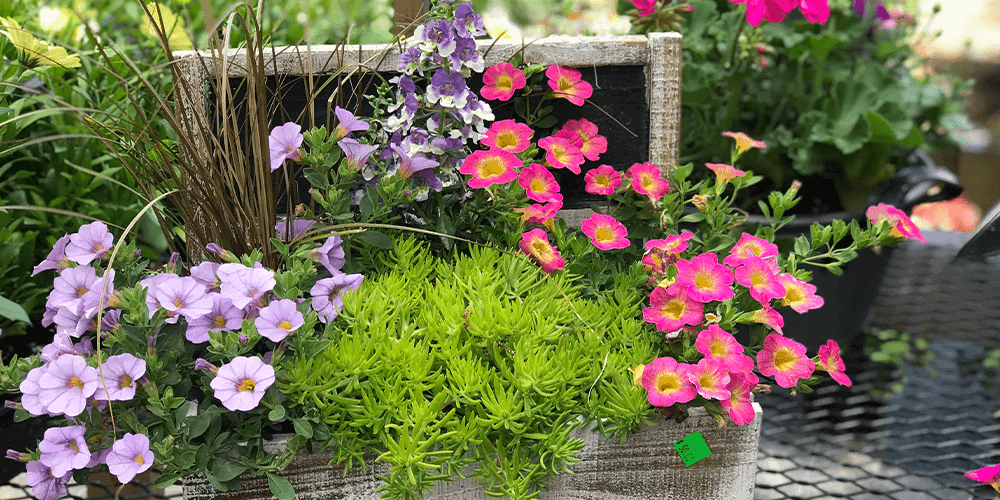Perennials are a must-have in any garden. They greet us every year with their bursts of flowers, and weave together our gardens into a tapestry of scent and color. Plant them once and they become lifelong friends. But how do we choose and where do we meet these beautiful companions?
Here are 7 new acquaintances that you can plant in your garden this year!
Salvia
These hardy perennials open towers of indigo flowers in the summer, and keep blooming right into the fall. Related to kitchen sage, they have a strong fragrance that attracts bees and creates a fresh aroma for your whole garden. They’re hardy, easy to grow, drought-tolerant, and reach heights of 18 inches or more, depending on the variety.
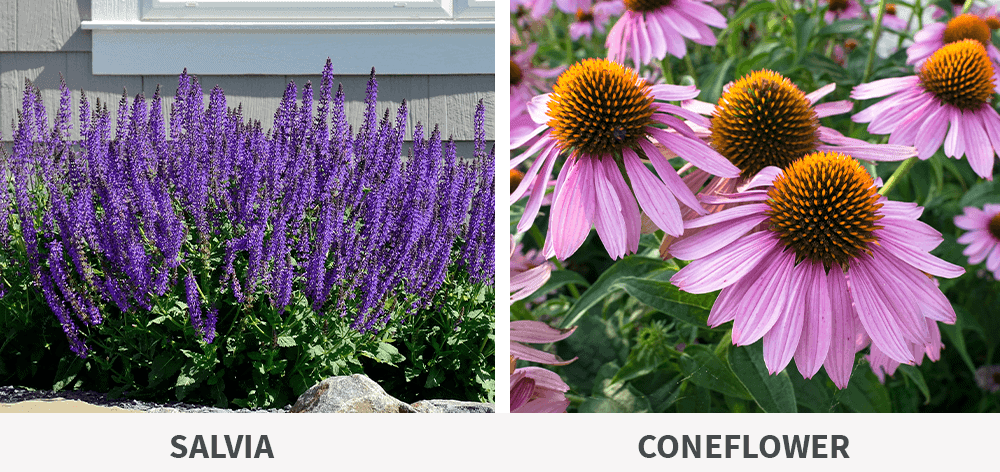 Coneflower
Coneflower
Another must-have for the bees, these daisy-like perennials open with a riot of color in late spring, and keep blooming throughout the summer. Also called echinacea, they give off a delicious herbal scent, but the main attraction are their radiant petals. Commonly bright purple, but also found in red, orange, yellow, and white, you’ll never tire of these beautiful flowers with a nectar-rich center.
Catmint
You don’t need to be a feline to enjoy these sweet perennials. While they do stimulate cats, the minty perfume of catmint is actually relaxing for humans. The lavender color of their dense bush of flowers is equally soothing. They first blossom in spring and, if you cut them back, will keep blooming all the way until the frost.
 Daylily
Daylily
A perennial garden is never complete without this bloomer of the late spring and early summer. They burst open on the scene for 4-6 weeks with a continuous show of new blossoms every day. The trumpet-shaped flowers bring loud colors of orange, yellow, red, or a combination thereof. Plus, they’re virtually maintenance free, disease-resistant, and display beautiful green leaves throughout the whole growing season.
Coreopsis
Coreopsis brings a mass of sunshine-yellow flowers into the garden in early summer, and blooms off and on again until the fall. A native flower in North America, they’re a must-have for anyone who wants to feed the bees in mid-summer, or simply enjoy their colors. These wildflowers enjoy bright, sunny spots, tolerate some drought once established, and are generally a breeze to care for.
 Sedum
Sedum
These are one of the rare succulents that can grow outside all-year-round in New England. Their low, fleshy leaves bring unique texture into the garden, and just when you thought summer was winding down, they’ll surprise you with clusters of pink, purple, or yellow flowers. They do the best in full sun, and must grow in sandy soils with good drainage.
 Coral Bells
Coral Bells
Coral Bells, also called Heuchera, are a must-have for any shade garden. These unique perennials have yellow, pink, purple, burgundy, or coral leaves that brighten any dark spot. Their foliage is impressive even without flowers, but as icing on the cake, they unfurl a delicate display of tiny bell-shaped flowers during the early or mid-summer.
Each of these perennials brings unique color, fragrance, and personality into your garden. Once you start knitting them together, you’ll have a quilt of complimentary blossoms that open at different times throughout the season. Best of all, they keep coming back to give you more and more flowers every year!
To see these plants in person, come visit our garden center in Moultonborough, New Hampshire! Follow us on Facebook or Instagram for updates and featured products.


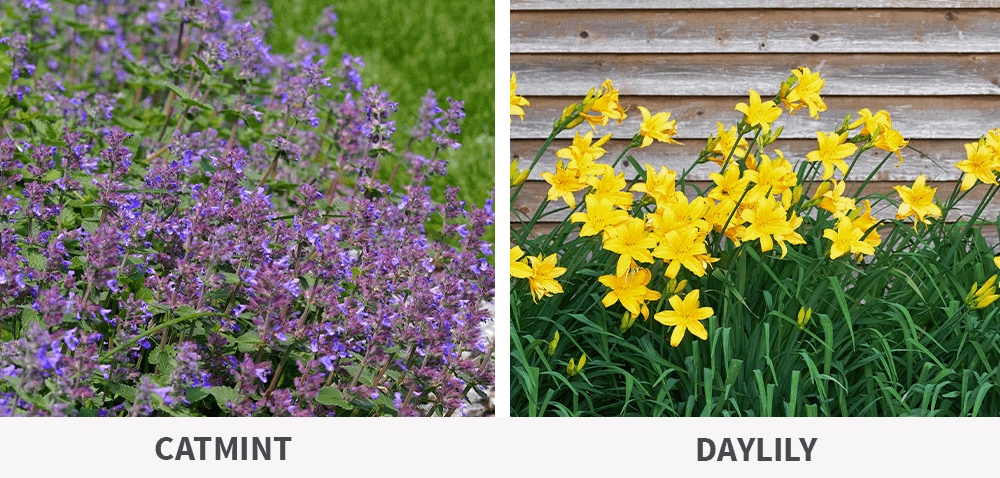 Daylily
Daylily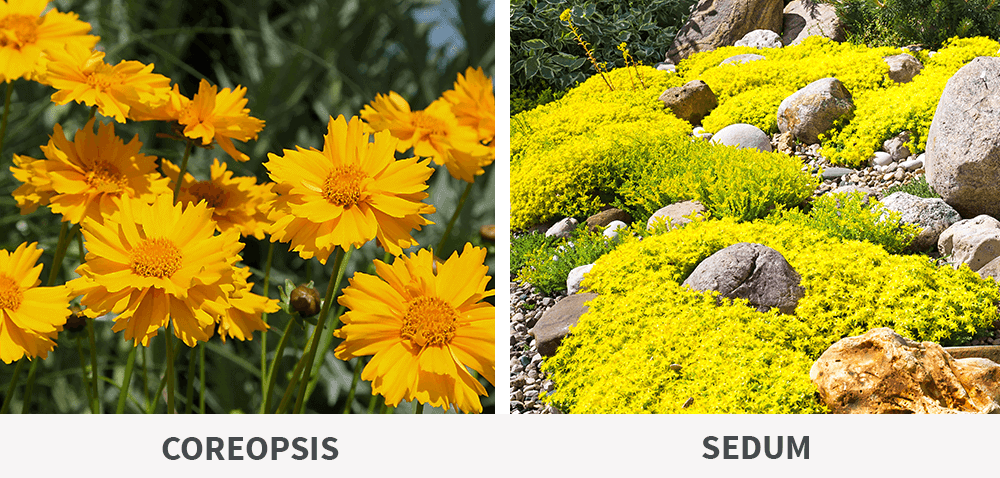 Sedum
Sedum 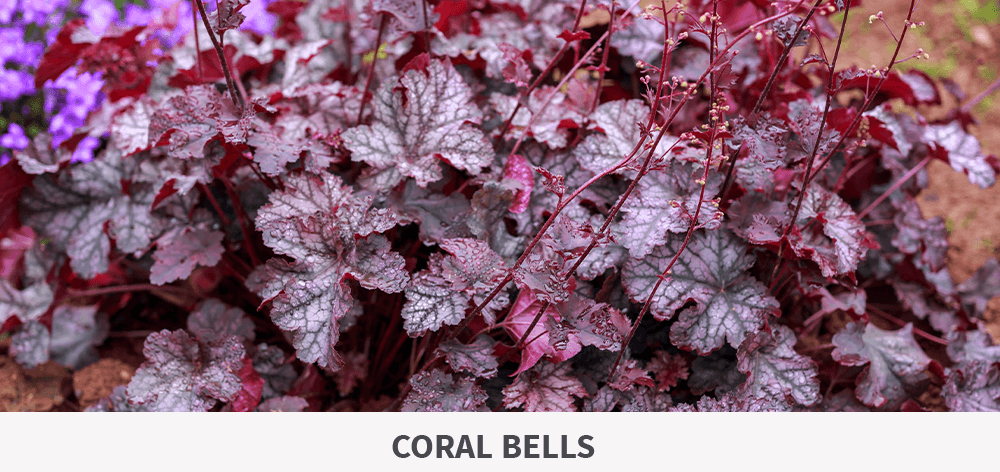 Coral Bells
Coral Bells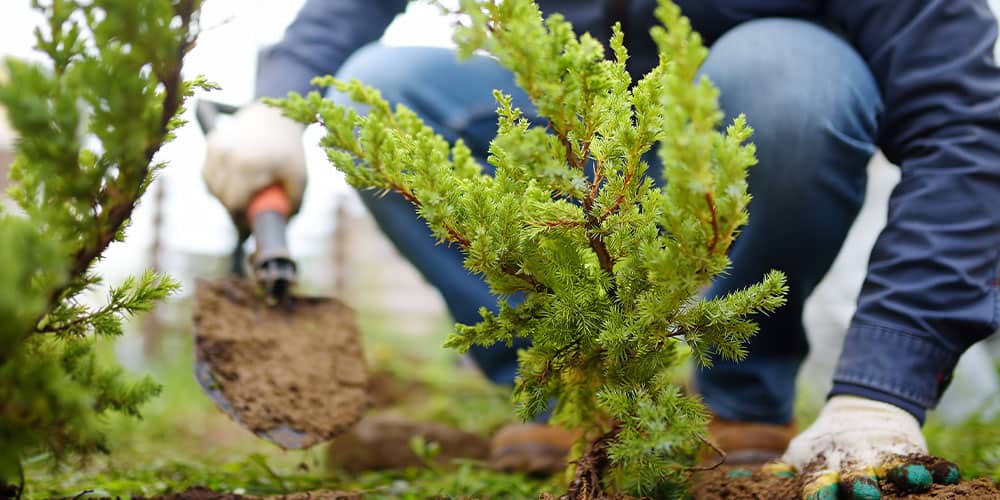
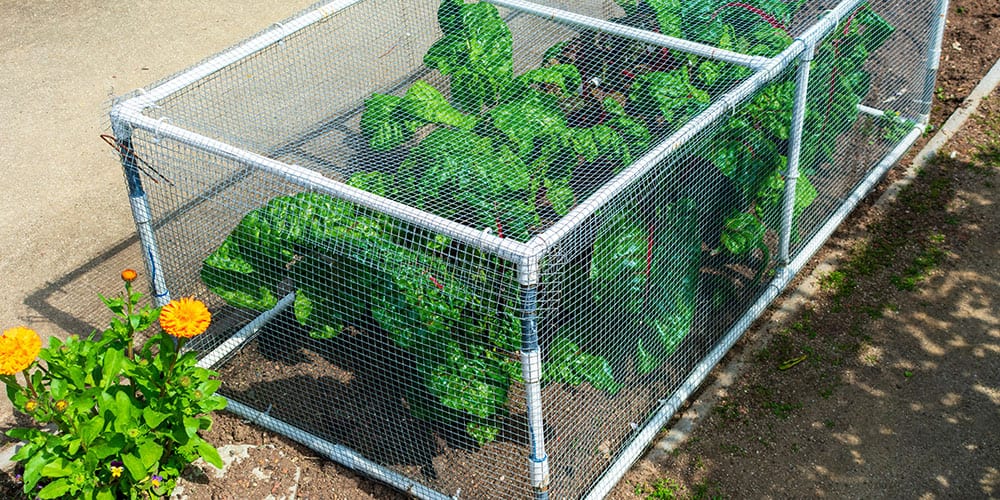
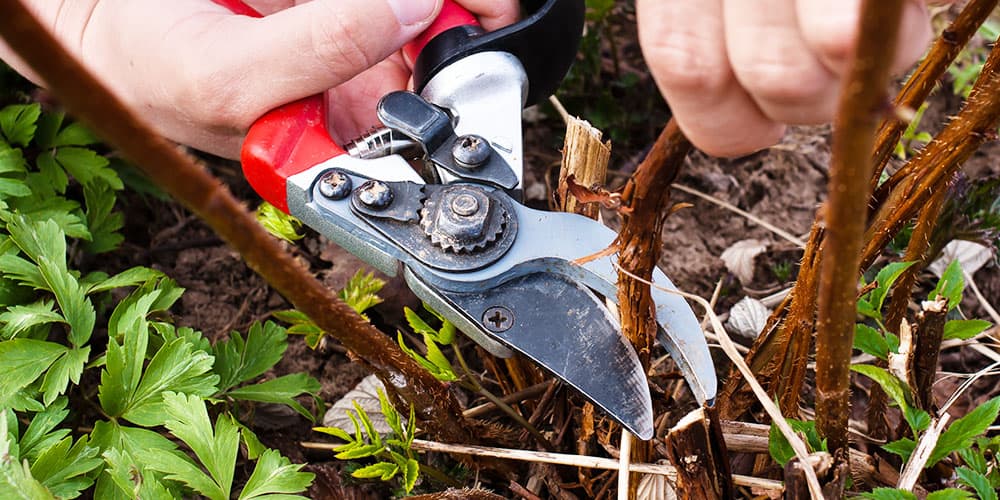
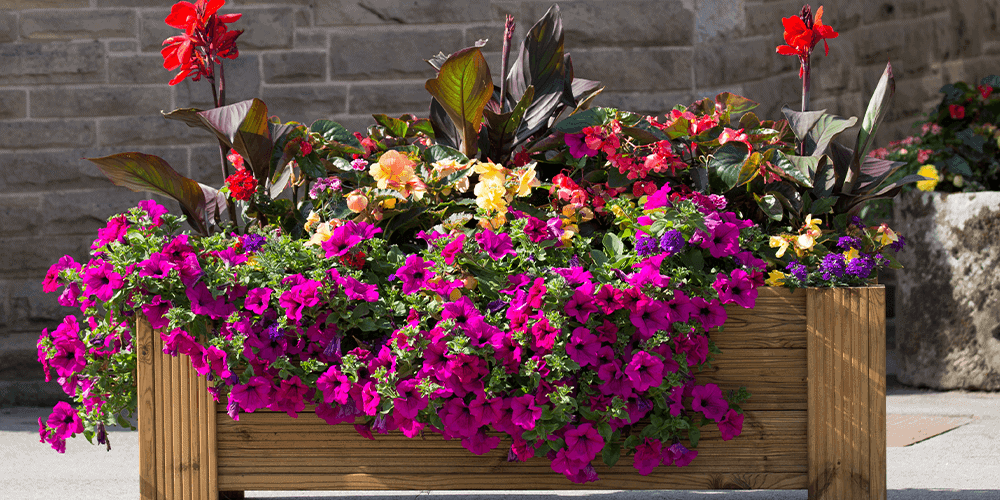
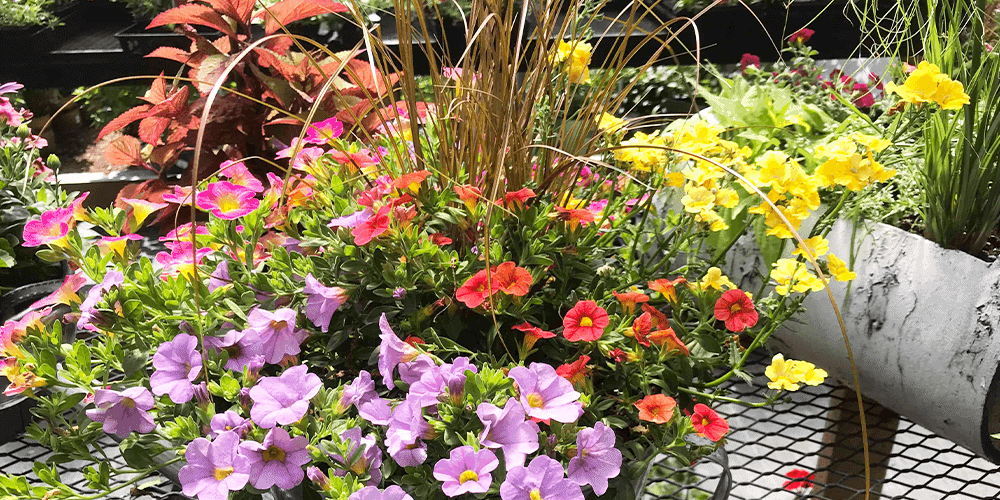 Gather Your Supplies
Gather Your Supplies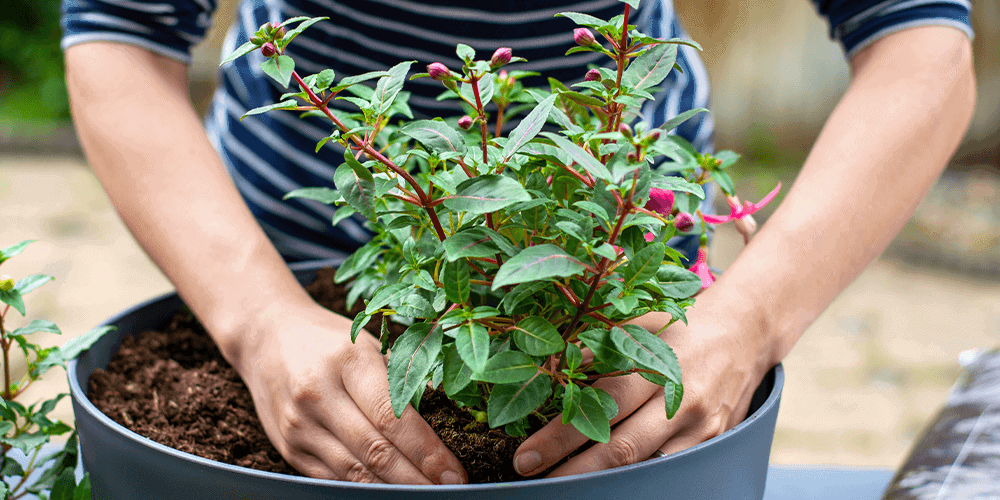 Fill Your Container
Fill Your Container